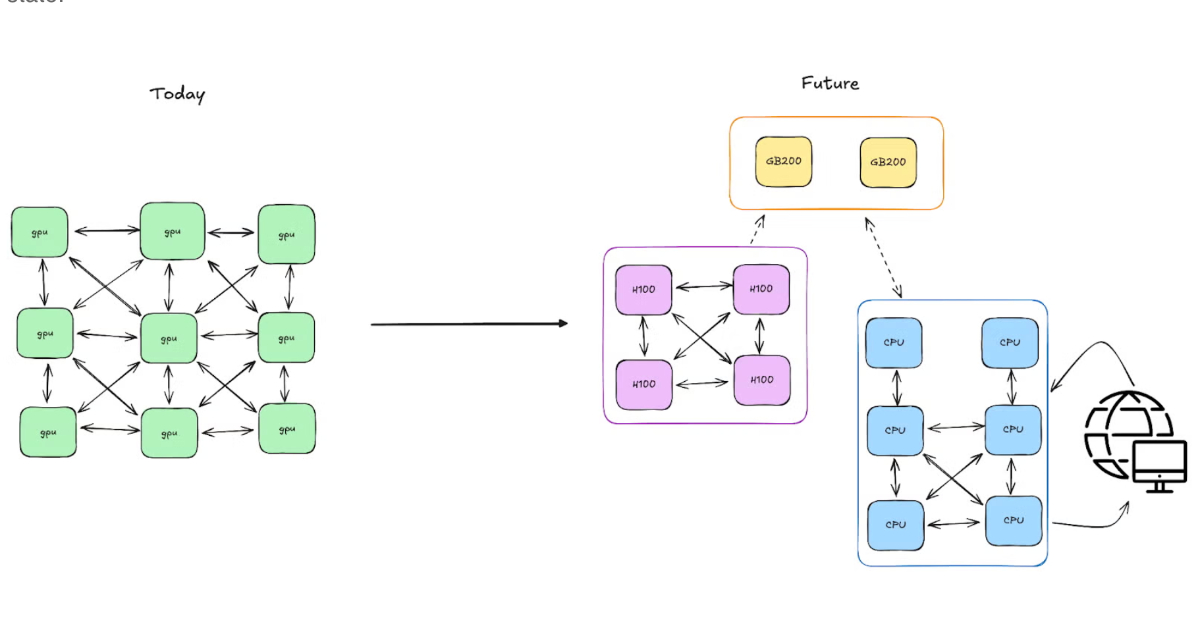Former India assistant coach Abhishek Nayar has praised ex-India captain and opener Rohit Sharma for his fighting spirit in the Adelaide ODI against Australia on October 23, 2025. Rohit, who failed in the first…
Author: admin
-
Real-World Data Back GLP-1s in Asthma, Cardiopulmonary Conditions – MedPage Today
- Real-World Data Back GLP-1s in Asthma, Cardiopulmonary Conditions MedPage Today
- Lower 1-yr Mortality in Diabetes Patients with Sleep Apnea Prescribed GLP-1 RAs respiratory-therapy.com
- GLP-1s Likely New Frontier in the Treatment of OSA, Obesity in…
Continue Reading
-
Afghan transit trade to remain suspended until evaluation of security situation: FO – Dawn
- Afghan transit trade to remain suspended until evaluation of security situation: FO Dawn
- Pakistan resumes Afghan transit trade after 10-day suspension The Express Tribune
- Pakistan says Afghan crossings to stay shut amid security concerns Dunya…
Continue Reading
-

Picasso portrait of muse on auction in Paris
PARIS — A vividly hued Picasso portrait of longtime muse and partner Dora Maar that had remained out of view for more than eight decades is being auctioned Friday in Paris.
Painted in July 1943, “Bust of a Woman with a Flowered Hat (Dora…
Continue Reading
-

PyTorch Monarch Simplifies Distributed AI Workflows with a Single-Controller Model
Meta’s PyTorch team has unveiled Monarch, an open-source framework designed to simplify distributed AI workflows across multiple GPUs and machines. The system introduces a single-controller model that allows one script to coordinate…
Continue Reading
-
P&G latest to flag diverging consumer spending as profit tops on beauty demand – Reuters
- P&G latest to flag diverging consumer spending as profit tops on beauty demand Reuters
- Stephanie Link: Procter & Gamble beats expectations with beauty sales surge to 6 percent Traders Union
- P&G Results Beat Estimates on Strength in Beauty, Razors The Business of Fashion
- (PG) Procter & Gamble Expects Fiscal 2026 Core EPS Range $6.83 to $7.09, vs. FactSet Est of $6.97 MarketScreener
- Procter & Gamble fiscal 1Q results top Street, sees less of an impact from tariffs for fiscal 2026 The Washington Post
Continue Reading
-

The return of the Men’s Rugby Europe Trophy
Welcome back to another season of the Men’s Rugby Europe Trophy! The second division of the men’s Rugby Europe competitions kicks off this next Saturday when Lithuania hosts Poland in the opening match.
The Trophy will span throughout 15…
Continue Reading
-
Just a moment…
Just a moment… This request seems a bit unusual, so we need to confirm that you’re human. Please press and hold the button until it turns completely green. Thank you for your cooperation!
Continue Reading
-

‘Unflappable, witty and super smart’: the rise and rise of Claudia Winkleman | Claudia Winkleman
The glossy raven-black fringe, heavily kohl-lined eyes and orange tan combine to make Claudia Winkleman’s one of the most distinctive faces on British television.
Add to that her undoubted acumen when it comes to making bold moves and it can be…
Continue Reading

